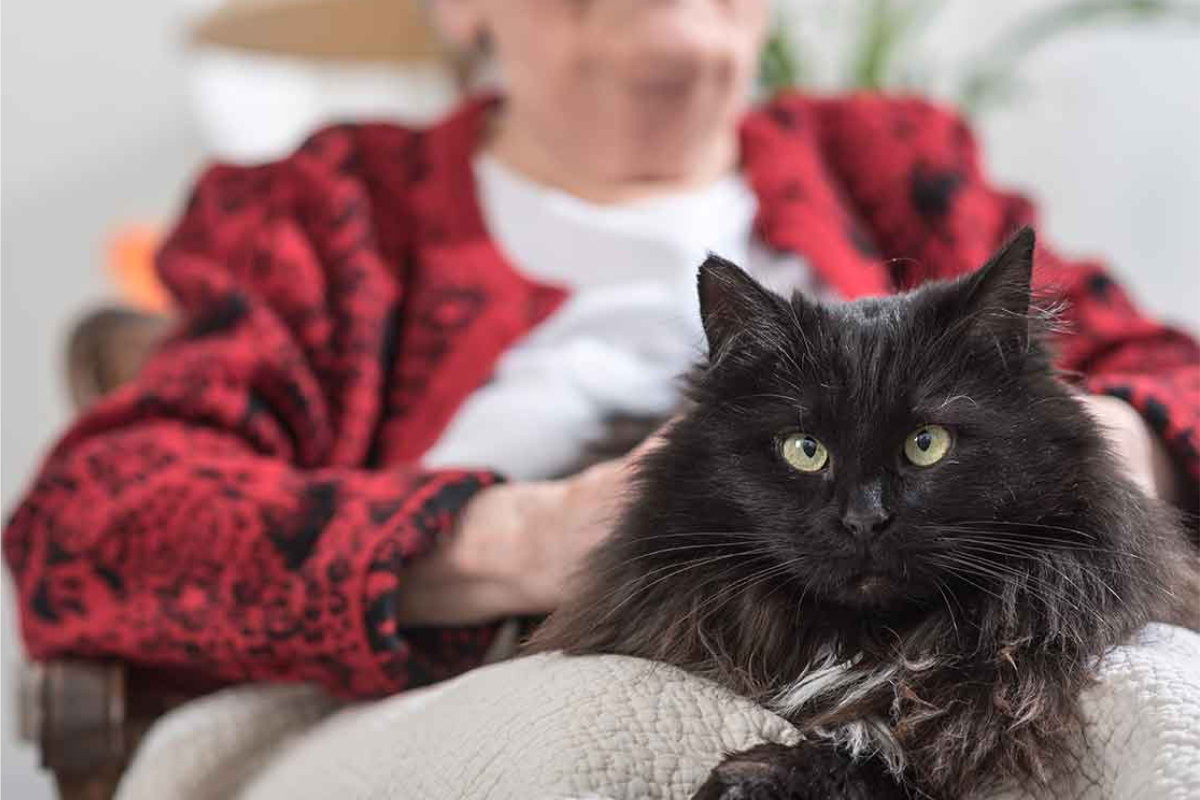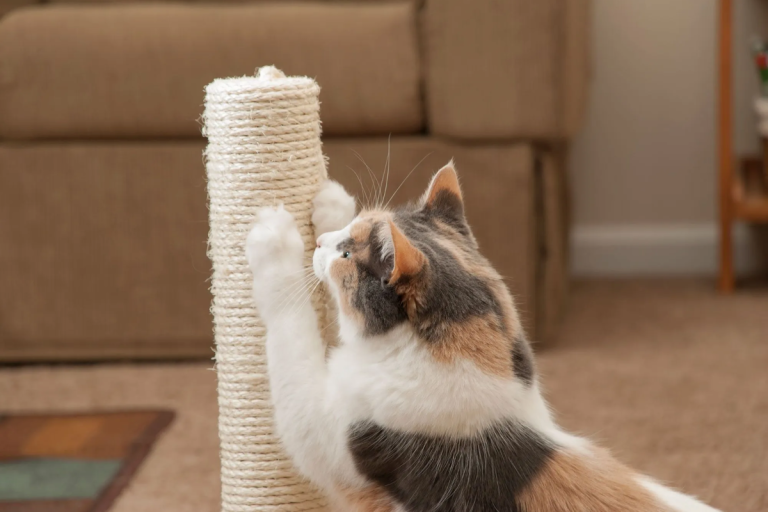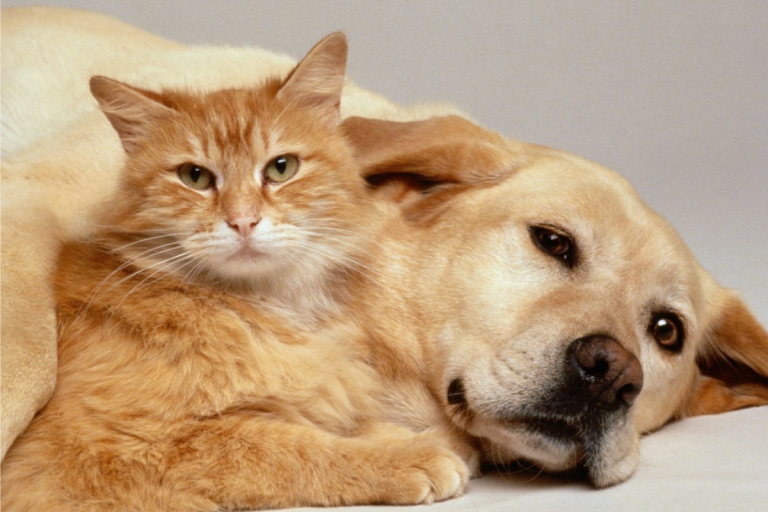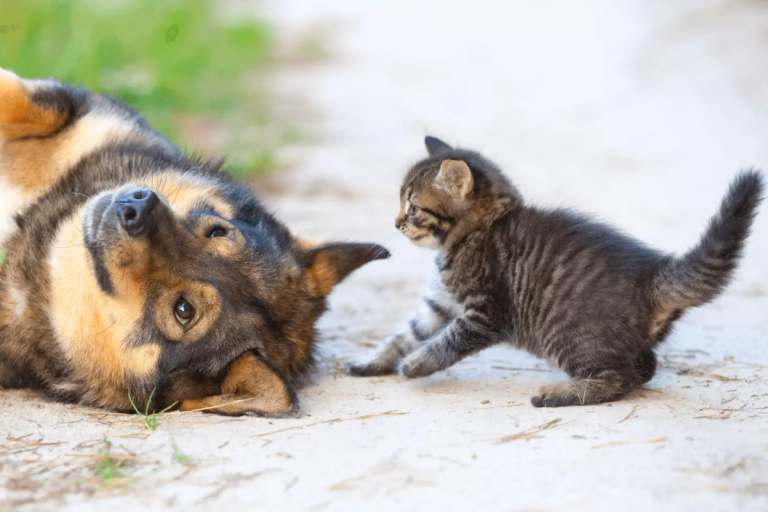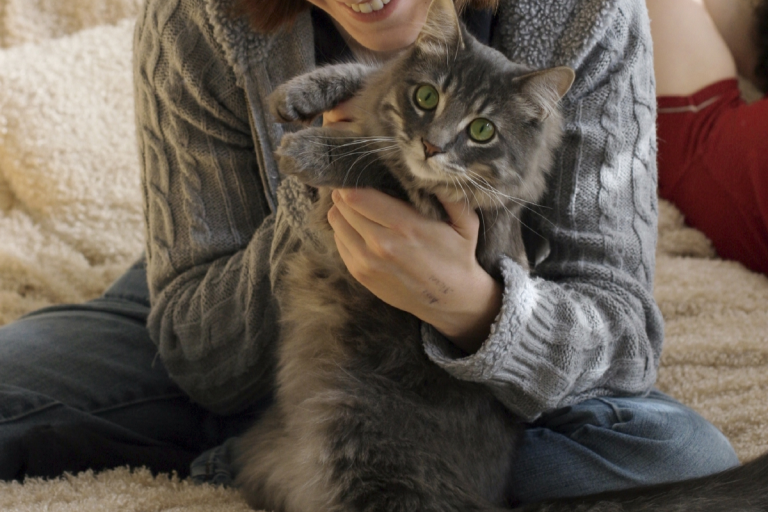How to Help a Shy or Anxious Cat Become More Social
Cats are known for their independent nature, but some can be more reserved or anxious than others. If you have a shy or anxious
While it may take time and patience, it’s entirely possible to help your
Why Some Cats Are Shy or Anxious
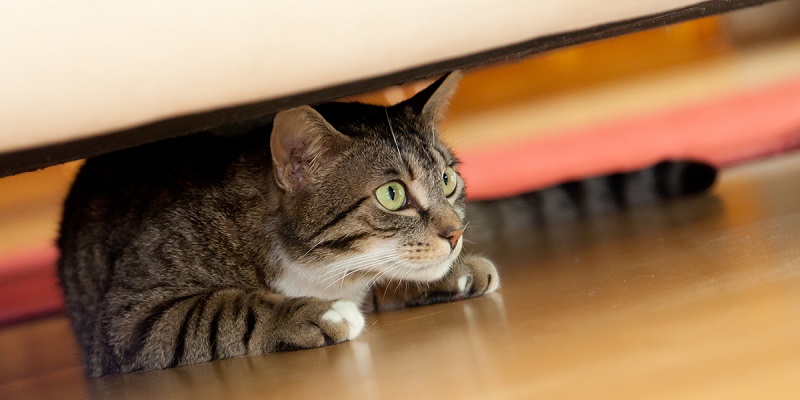
Not all cats are naturally outgoing, and some might display shyness or anxiety due to various reasons. Understanding the root cause of your
Genetic Factors Influencing Personality
Just like people, cats have unique personalities, and genetics play a significant role in determining how social or reserved a
Even within a single litter, individual kittens may have different temperaments. Some are naturally curious and confident, while others may be more cautious and take longer to adjust to new situations.
Early Life Experiences and Socialization
A
Similarly, cats that have experienced trauma, abuse, or neglect can develop deep-seated fears. This can lead to avoidance behaviors and social anxiety that persist even in safe, loving environments.
Recognizing the Signs of a Shy or Anxious Cat
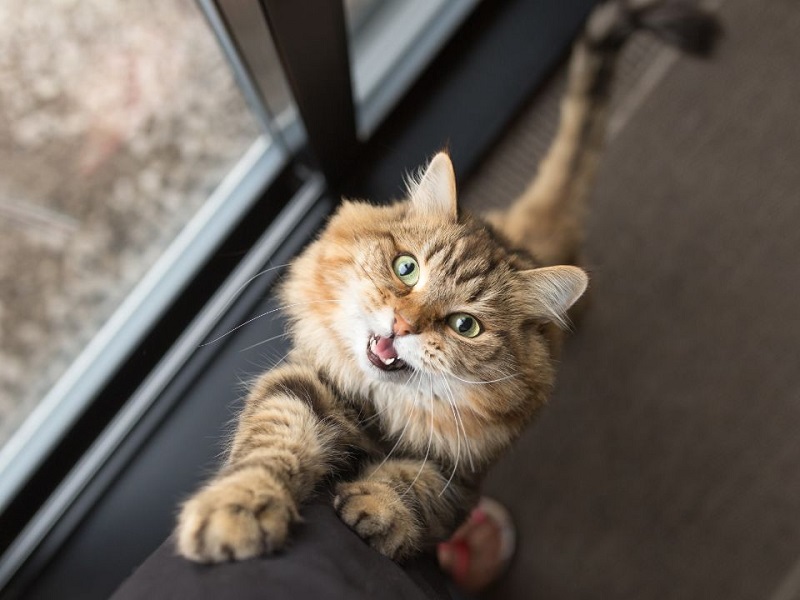
Before you can help your
Physical Signs of Anxiety
A shy or anxious
- Dilated pupils: A
cat that is nervous or scared will often have wide, dilated pupils. - Flattened ears: Cats will flatten their ears against their head when they’re feeling threatened or anxious.
- Tense posture: An anxious
cat may crouch low to the ground with their body tense and their tail tucked tightly against their body. - Shaking or trembling: In extreme cases, a highly anxious
cat may shake or tremble when they’re scared.
These physical signs often appear when a
Behavioral Signs of Shyness
In addition to physical signs, shy or anxious cats may exhibit certain behaviors that indicate their discomfort:
- Hiding: One of the most common signs of a shy
cat is hiding. They may retreat to dark, enclosed spaces, such as under furniture or in closets. - Avoiding eye contact: An anxious
cat may avoid looking directly at you, or they might glance quickly and then look away. - Refusing to eat: If your
cat is too nervous to eat, especially in new or stressful environments, this can be a sign of anxiety. - Freezing or fleeing: Some cats will freeze in place when they’re scared, while others may run away to hide.
Understanding these signs is the first step in helping your
Steps to Help Your Shy or Anxious Cat Become More Social
Now that you can recognize the signs of shyness and anxiety in your
Creating a Safe Environment
The first step in helping your
- Provide hiding spots: While it might seem counterproductive, allowing your
cat to hide when they’re feeling anxious can actually help them feel more secure. Provide cozy hiding places, such as acat cave, box, or blanket-covered corner, where yourcat can retreat if they feel overwhelmed. - Keep things predictable: Cats thrive on routine, so try to keep their environment as predictable as possible. Feed them at the same time each day, maintain a consistent litter box setup, and avoid sudden changes in their surroundings.
- Use calming aids: Products like pheromone sprays, diffusers, or calming collars can help reduce anxiety in cats by mimicking the natural scents that promote relaxation.
Using Positive Reinforcement
Positive reinforcement is one of the most effective ways to help your
- Offering treats: Give your
cat their favorite treats when they come out of hiding or engage with you. This creates a positive association with social interactions. - Using praise: Soft, calm praise can also reassure your
cat . Use a soothing voice to let yourcat know they’re doing a good job when they approach you or show signs of curiosity. - Introducing petting slowly: If your
cat is comfortable, gently pet them when they’re calm. Start with areas they’re comfortable with, like the back or sides, and avoid sensitive spots like the belly until they trust you more.
Encouraging Play and Interaction
One of the best ways to help a shy
Introducing Interactive Toys
Toys that mimic prey, such as feather wands or laser pointers, can help engage your
Interactive puzzle toys that dispense treats can also be helpful. These toys challenge your
Gradually Introducing Social Situations
Introducing your
Always let your
Building Trust Over Time
Building trust with a shy or anxious
Patience and Consistency
Cats need time to adjust to new people, environments, and routines. Consistently offering love, patience, and understanding will eventually help your
Celebrate small milestones, like your
When to Seek Professional Help
If your
In some cases, medication may be prescribed to help manage anxiety, especially if it’s impacting your
FAQs
1. How long does it take for a shy
The timeline for socializing a shy
2. Are there specific breeds that tend to be more anxious or shy?
While breed alone doesn’t determine whether a
3. Can shy or anxious cats ever fully overcome their fears?
With time, patience, and the right approach, many shy or anxious cats can significantly improve their social skills and become more confident. However, some cats may always retain a certain level of caution around new people or environments. The goal is to help your
4. Is it possible to socialize an older
Yes, it’s entirely possible to help an older
5. What should I do if my
It’s not uncommon for a shy or anxious
Conclusion
Helping a shy or anxious
Whether through positive reinforcement, gentle play, or simply allowing them to set the pace, you can foster a deeper bond with your
